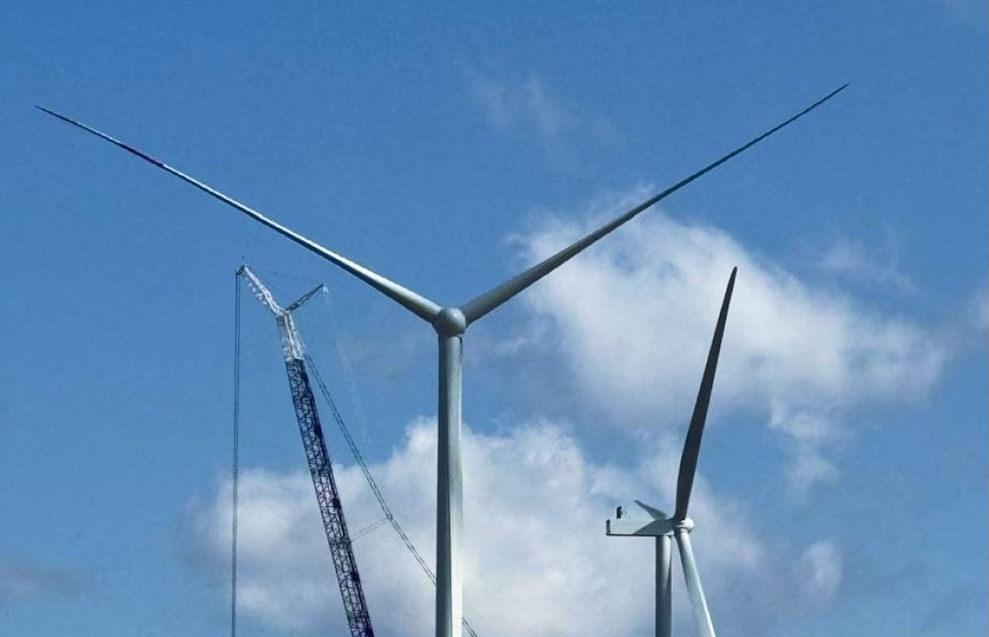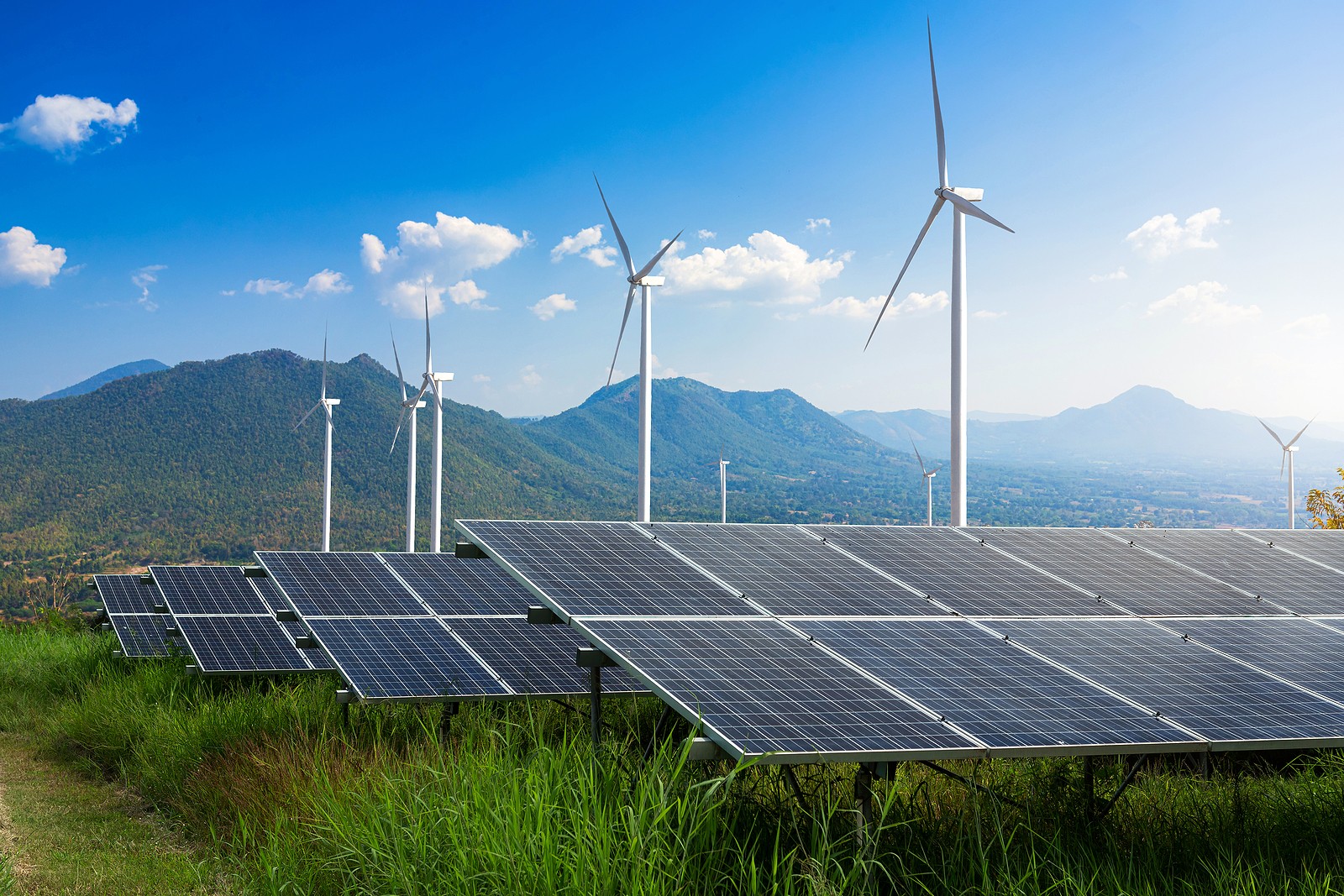Africa ended 2023 with 13.5 GW of installed wind capacity and is lining up multi-gigawatt projects from Egypt to South Africa. With strong wind resources, fast build times, and falling costs, wind can cut fuel imports, stabilize power prices, and decarbonize grids, provided countries expand transmission and enable private power trading.
Why wind, why now
- Scale and speed. Modern onshore wind farms can be delivered in 18–36 months and added in modular phases. Africa already hosts landmark plants, Kenya’s 310 MW Lake Turkana and Senegal’s 159 MW Taiba N’Diaye, that lifted national capacity and diversified supply.
- Compelling pipeline. Egypt has advanced land access for a 10 GW onshore mega-project led by Masdar/Infinity/Hassan Allam, among the world’s largest, while also signing a PPA for 900 MW in the Gulf of Suez. Morocco has pushed wind past 2.4 GW with the 270 MW Jbel Lahdid plant entering operation in late 2024.
- Resource quality. Atlantic trade winds, the Horn of Africa, and the southern Cape corridor offer world-class wind regimes. Offshore potential is vast too: South Africa ~901 GW technical potential within 200 km of shore; Mauritania also has significant fixed and floating potential mapped by global assessments.
The state of play
- Installed base: Africa’s wind fleet reached 13,479 MW by end-2023 (up from 12,289 MW in 2022). South Africa and Morocco lead in absolute capacity; Kenya and Egypt are notable for large single-site projects.
- Country snapshots:
- South Africa (~3+ GW) continues to add wind under public auctions (REIPPPP) and crucially, through private PPAs and wheeling, where generators sell directly to multiple offtakers via the grid. Transmission constraints in wind-rich Cape provinces are now the main bottleneck.
- Morocco exceeded 2.4 GW after commissioning Jbel Lahdid (270 MW) in 2024; authorities are preparing additional public-private wind rounds while reinforcing the grid.
- Egypt is scaling with 10 GW planned in Upper Egypt/Sohag and new Gulf of Suez projects, supported by international finance.
- Kenya relies on wind as a flexible complement to hydropower; policy is shifting from legacy feed-in tariffs toward competitive renewable auctions.
- South Africa (~3+ GW) continues to add wind under public auctions (REIPPPP) and crucially, through private PPAs and wheeling, where generators sell directly to multiple offtakers via the grid. Transmission constraints in wind-rich Cape provinces are now the main bottleneck.
Also read: Ethiopia Expands Renewable Energy to Fight Climate Impacts and Power Millions
What wind delivers (beyond clean megawatts)
- Lower, more stable power costs. Once built, wind has zero fuel cost and hedges against forex-driven spikes in diesel/gas imports, a strategic benefit for import-dependent grids.
- Jobs and local value. Civil works, roads, towers, and O&M create steady employment; Morocco and Egypt are developing stronger supply chains around blades, towers, and grid equipment associated with recent builds and financing programs.
- Grid resilience. Geographically dispersed wind smooths variability, especially when paired with hydropower reservoirs (East Africa) and growing battery storage fleets (Southern Africa).
Transmission & market rules
- Move the electrons to where demand lives. In South Africa, 14,000–14,500 km of new lines are needed this decade to unlock about 53 GW of new generation, most of it in wind-rich provinces far from legacy coal corridors. Financing models now blend public funds, guarantees, and private investment to accelerate builds.
- Let buyers and sellers find each other. Private wheeling frameworks and multi-offtaker PPAs are spreading, exemplified by recent South African wind deals that deliver hundreds of GWh annually to industrial clients via the Eskom grid.
- Auctions over ad-hoc deals. Kenya’s move to renewable auctions aims to secure least-cost tariffs with clear risk allocation, key for bankable wind projects.
Offshore
- Gigawatt-scale opportunities. Assessments show hundreds of gigawatts of technical offshore potential in South Africa and Morocco, positioning both for future floating wind as costs fall. Early steps now, policy, ports, and grid planning, determine who captures supply-chain value later.
Practical roadmap for policymakers & utilities
- Plan grids around wind corridors. Prioritize least-regret lines into high-capacity-factor zones (e.g., South Africa’s Western/Northern/Eastern Cape; Morocco’s Atlantic coast; Egypt’s Gulf of Suez), aligning with 2030–2035 demand forecasts.
- Run predictable auctions. Publish multi-year wind procurement schedules with standardized PPAs, clear land & environmental timelines, and transparent curtailment/balancing rules. Kenya’s auction shift is a regional template.
- Enable private procurement. Codify wheeling/virtual wheeling, banking of excess, and multi-buyer PPAs; standardize grid-use charges to cut transaction costs. Recent South African deals show how quickly capacity follows clear rules.
- Co-optimize wind with storage & hydro. Target storage at grid pinch points and pair wind with flexible resources to firm supply during evening peaks, improving system value without overbuilding backup thermal.
- Build local capabilities. Focus on towers, blades repair, O&M, high-voltage equipment, and port upgrades for heavy-lift logistics, areas with near-term job impact ahead of eventual offshore build-out.
Also read: UAE Firm Breaks Ground on 50 MW Solar Project in the Central African Republic What It Means
Risks to manage
- Grid bottlenecks & curtailment. Without the planned lines, new wind will queue for connection, undermining bankability. South Africa’s experience is a cautionary tale and a reform guide.
- Policy stop-start. Delays between bid rounds or sudden rule changes (e.g., taxes, storage mandates) raise tariffs and scare off lenders. Stable auction frameworks matter.
- Social & environmental licensing. Early engagement, fair land leases, community benefit-sharing, and wildlife monitoring minimize delays and strengthen long-term project acceptance.















